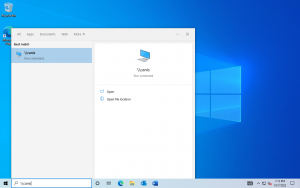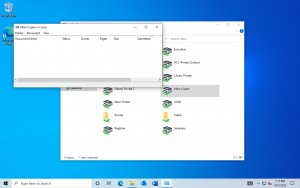Introduction
Online and Multi-Modal learning allows the seminary to engage learners who live at a distance from Heritage. A benefit to students is these modes of service delivery enable you to engage the material in ways that accommodate the demands of your lives.
At present, Moodle is the learning management system in use by Heritage College and Seminary.
Computer Requirements
- Moodle is compatible with all current major browsers such as Mozilla Firefox, Google Chrome, Apple Safari, Microsoft Internet Explorer. Specific browser support can be found in the release notes. It is always recommended to allow your browser of choice to update itself to the latest. This will allow you to take advantage of current technologies.
- You will also likely need a PDF reader if you do not already have one. The two most popular are Adobe Reader and FoxIt Reader.
Contact Us for Support
If you have questions, or if you experience any difficulties, please contact the Registrar’s Office: 1-800-465-1961, ext. 228 tbeach@heritage-theo.edu
Courses
You will spend most of your time in Moodle within your courses. Courses contain the following components.
- Outline: This is the weekly schedule of classes.
- Modules: These are the weekly, or biweekly, instructional units. Typically, each teaching module will consist of the following elements:
- recorded lectures
- class notes
- an online discussion forum (see below).
Other elements that may be included in a module include: links to external websites, digital files with supplemental material, and on-line quizzes.
- Assignments: Assignments can be submitted on the course page in Moodle or via email.
- Marked assignments: Marked assignments may be emailed directly back to the students. Assignments to be returned to student mailboxes or requiring postage may be left with the Receptionist at Heritage College and Seminary to be mailed back to the student(s).
- Quizzes: Moodle allows for secure online testing and anonymous surveying through the use of a Quiz/Survey Tool.
- Exams: Professors may elect to have students in online or Multi-modal courses complete and exam. If it is not feasible for a student to write an exam on-campus, then the student must obtain a signed proctor agreement for each test or exam that is proctored.
Downloading Files to Your Computer
In some cases, you may wish to download media files for offline access. An example of this is if you would like to listen to a lecture in the car on a smartphone.
- Right-click the link you wish to download.
- In the context menu choose ‘Save Target As…‘ or ‘Save Link As…‘. The wording may be different for each browser.
- Choose a location to download the file.
Online Discussions
Online discussion forums is one of the best ways to interact with your professor and other students. You can discuss lectures, pose questions, seek clarification, and interact with each other. The forum is in a very real sense your electronic classroom.
Best Practices in Online Learning
There is a course created in Moodle called Best Practices in Online Learning that hosts an example course outline and communicates best practices for engaging in the course material, with your instructor, and with other students. Please have a look at this example course for further reading.
Your Profile
When you access Moodle for the first time, your user profile will essentially be empty. It is recommended that you update your profile, adding a bit of personally so that it is more relational when people engage you in Moodle.
- To update your profile, find your name in the upper right corner of the screen. In the drop-down menu choose Profile.
- Under the User Details section look for the link that reads ‘Edit profile‘. This will allow you to update your profile picture and other information.
Originally written by Kelvin F. Mutter, D. Th. Modified by Russ Shouldice











